PROTECT YOUR DNA WITH QUANTUM TECHNOLOGY
Orgo-Life the new way to the future Advertising by AdpathwayThere is a term in German, “Sommerloch” (“summer hole”). It is used to describe the slowdown in media reporting in the summer months – print magazines get thinner (presumably partly because some of the readers are on vacation, so placing ads in the magazines gets less attractive), and stories that would be ignored at other times of the year (“Nessie spotted wearing a MAGA cap”) make it into the media more easily.
Birding in Shanghai in July is not all that different. For one thing, it is hot. Leaving home at 4 am or so, it is already 28 degrees Celsius, often rising another 10 degrees during the day. And – let’s face it – most of the birds staying in Shanghai in summer are not very interesting either.
Still, like some eBirder listing a single Spotted Dove at an airport in order not to break their listing streak, I am compiling my July sightings into my monthly Shanghai blog post. You have been warned.
Birding under these conditions means trying to stay in the air-conditioned car as much as possible – not always a bad thing given that Shanghai birds are much less afraid of cars than of sweaty birders on foot (the cars look better, too). So, what can you see driving around the farmlands of Chongming Dongtan?
The occasional – but relatively rare – Purple Heron. Unlike in Southeast Asia, they are only here in summer.
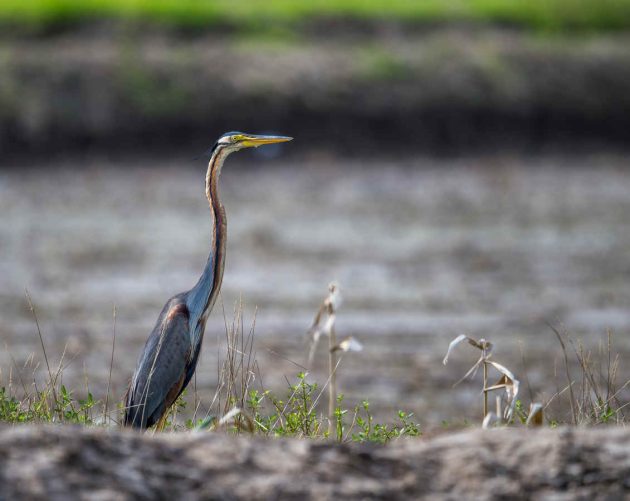
As are the Cattle Egrets …

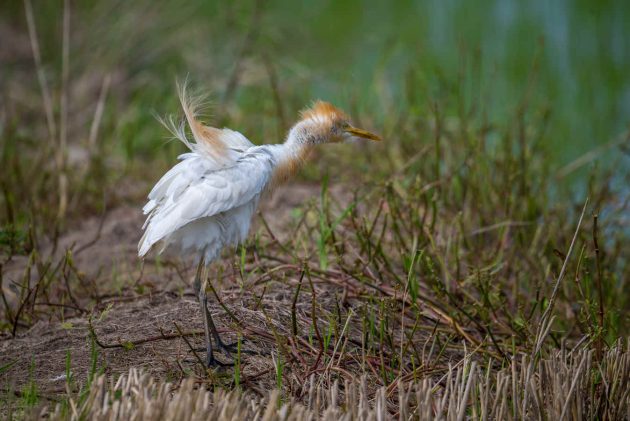
… Grey-headed Lapwings …
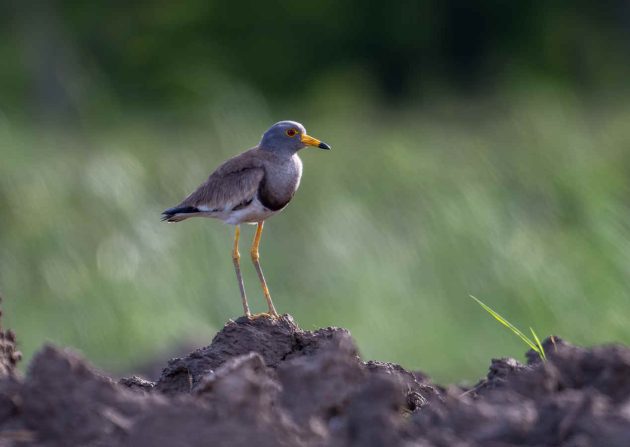
… Barn Swallows …
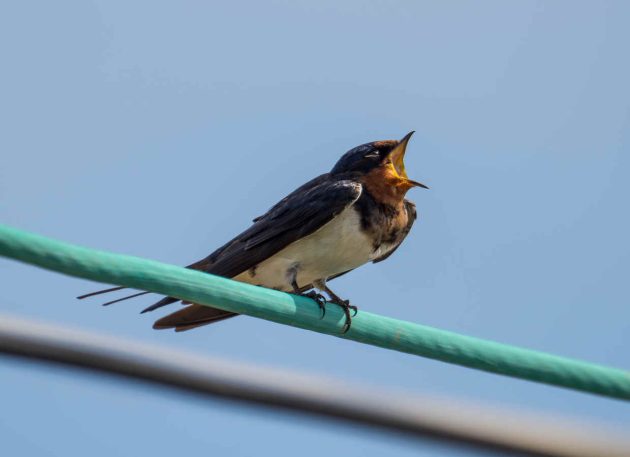
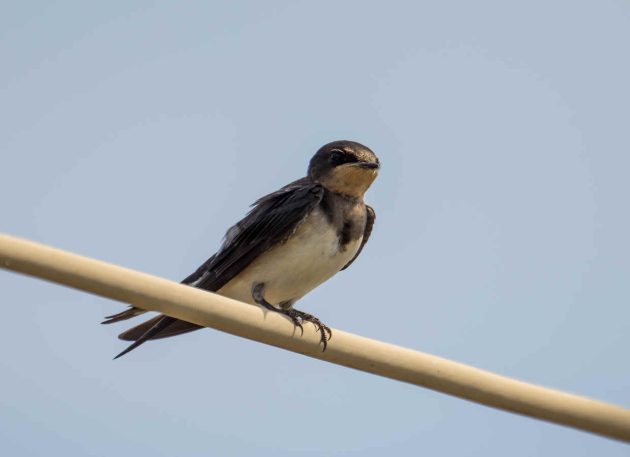
… Black-winged Stilts (still the easiest birds to create artsy-looking photos) …
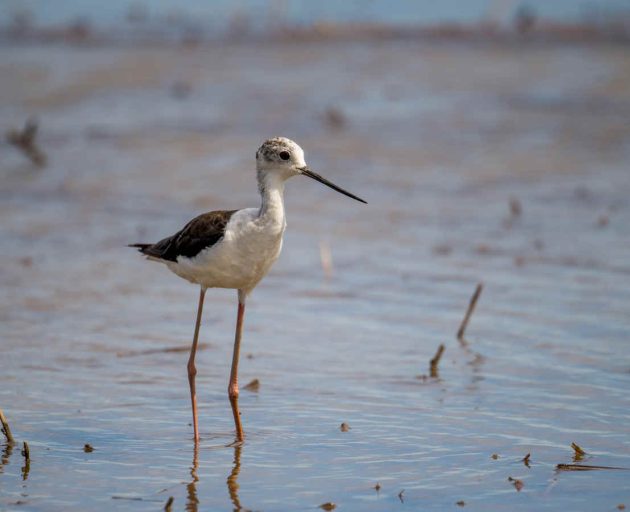
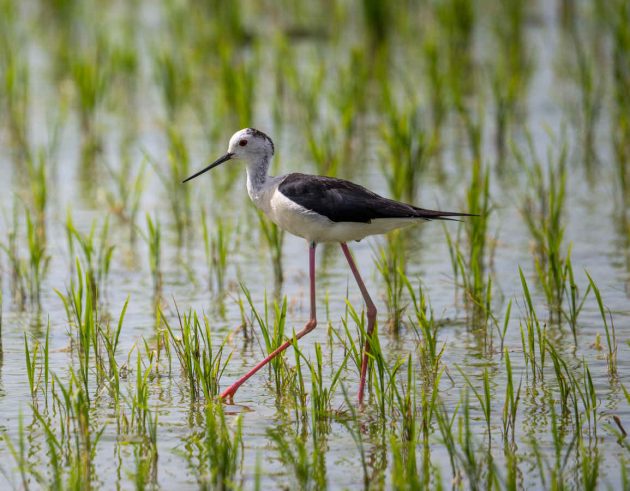
… and Chinese Pond Herons.
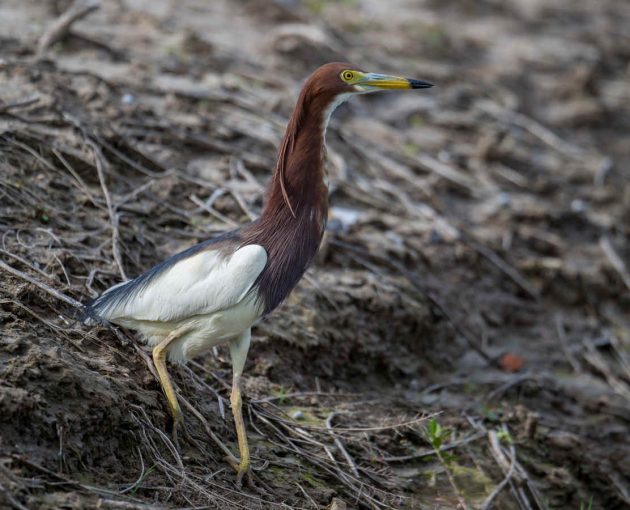
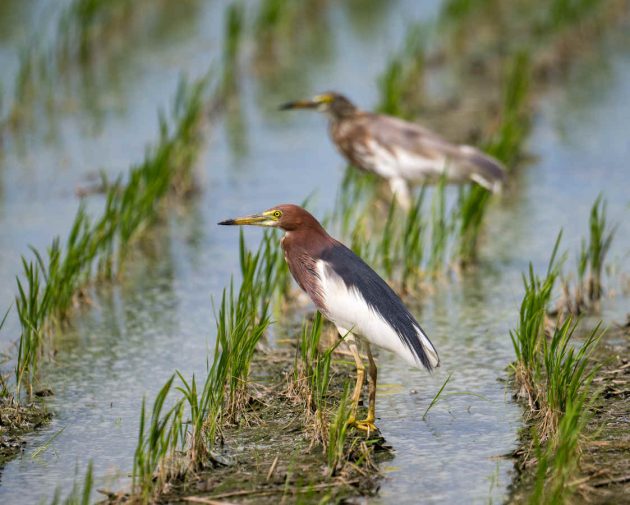
Looking occasionally almost like the Art Deco artworks that at some point in the past were popular in Shanghai as well.
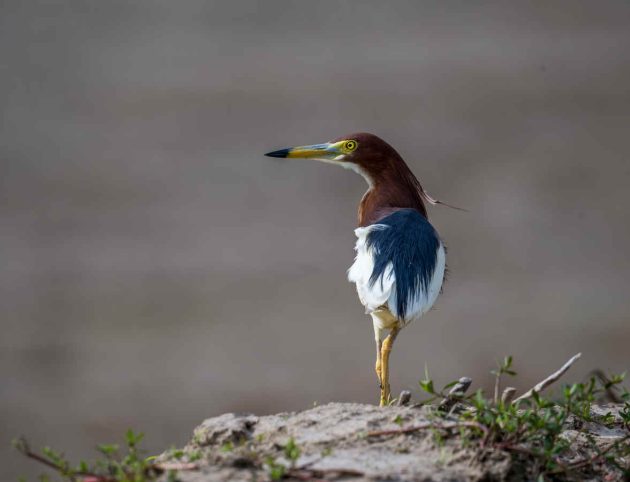
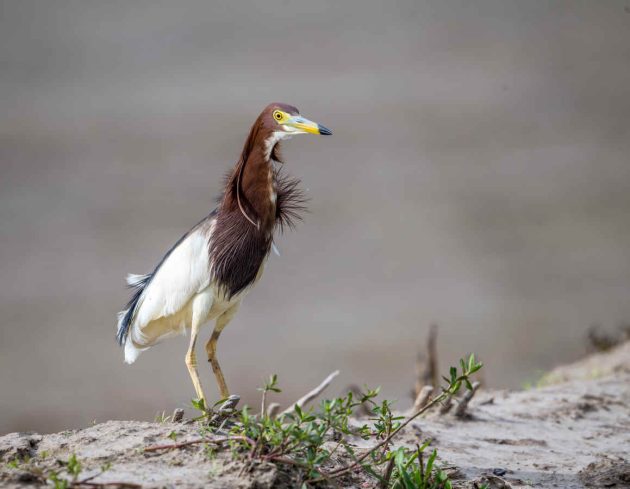
Some raptors can be seen year-round though, such as this Eastern Marsh Harrier.
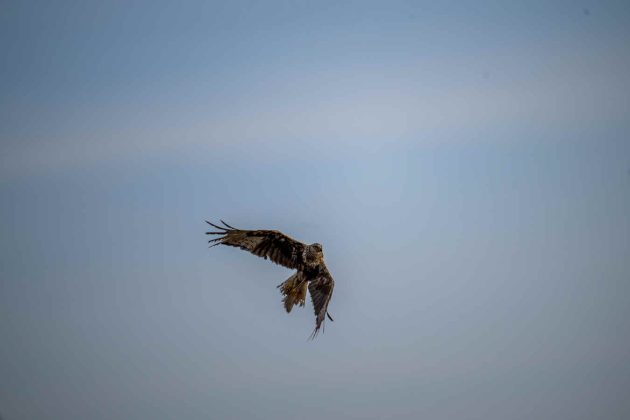
The number of Eurasian Kestrels on Chongming seems to be very high at the moment – presumably, quite a few are juveniles.
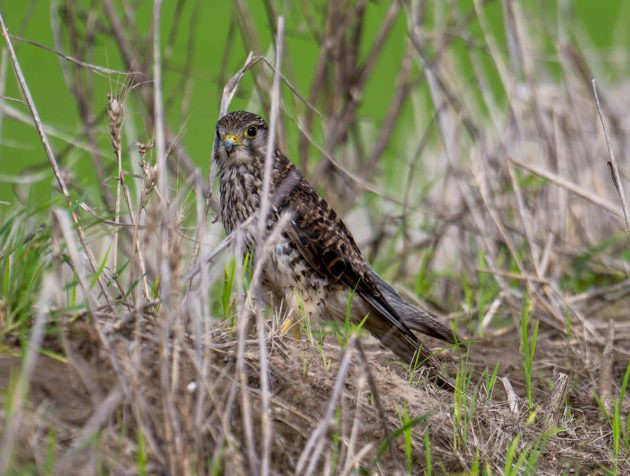
What did they do before the invention of electricity?
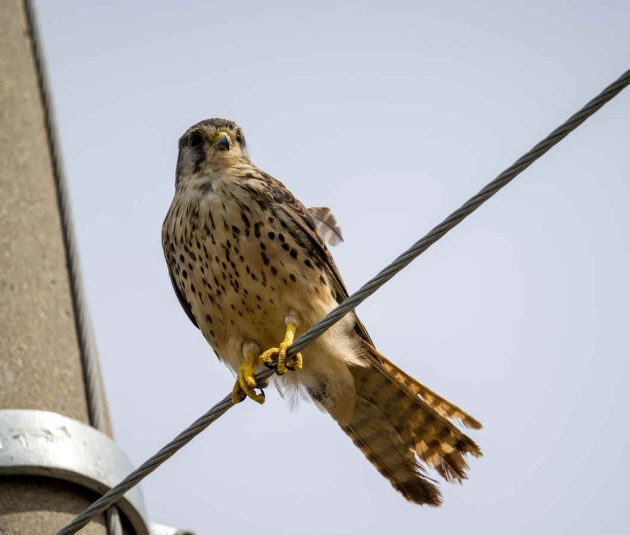
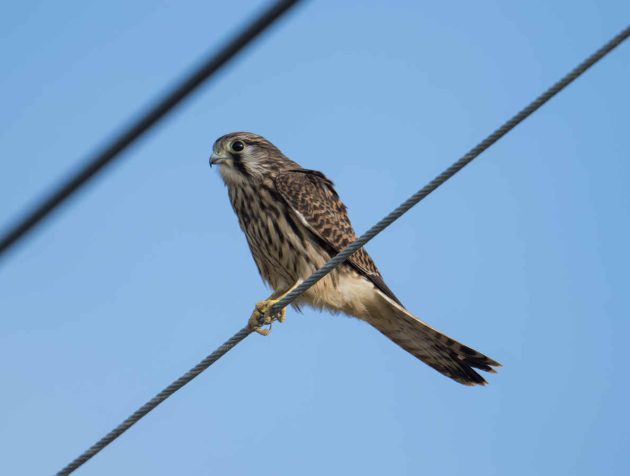
Common Terns – resting on a small stretch of dryish land on an otherwise flooded rice paddy – used this spot for occasional forays to hunt at nearby fish ponds.
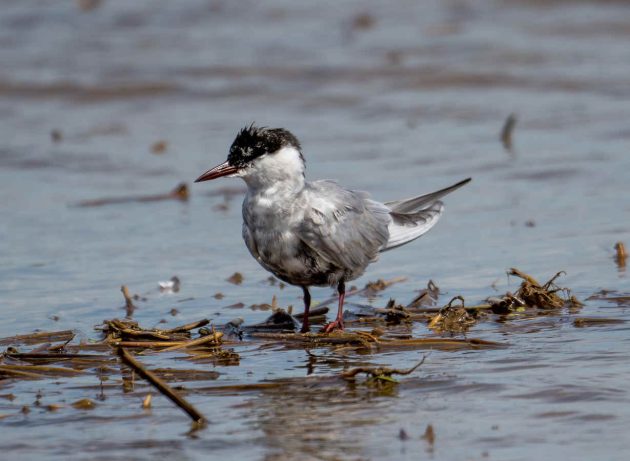
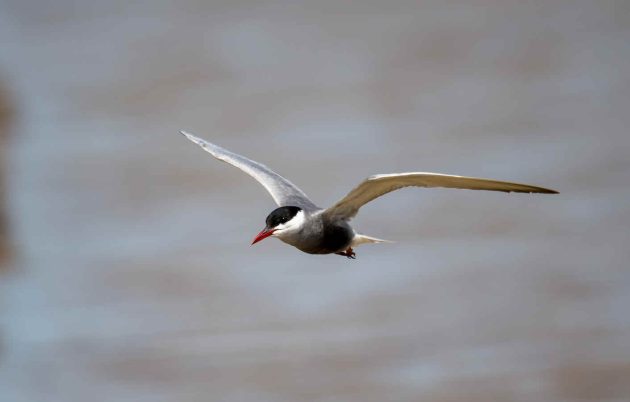
The constant flying and landing activity made for interesting viewing.
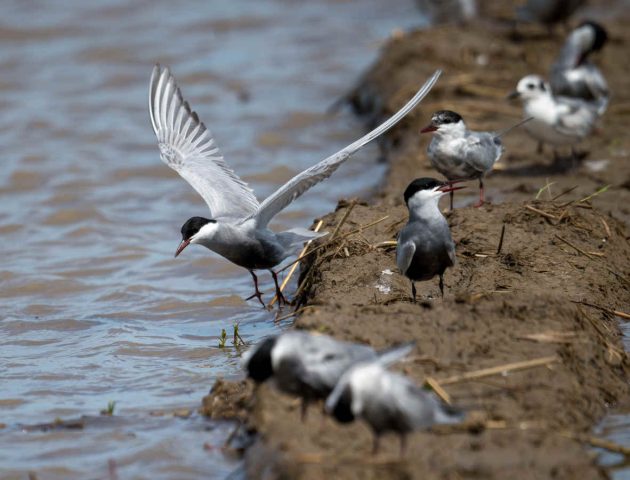
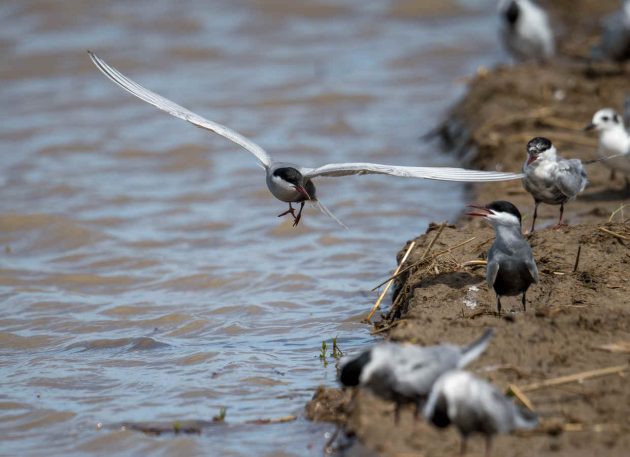
Why was I surprised to see a Common Tern drinking?
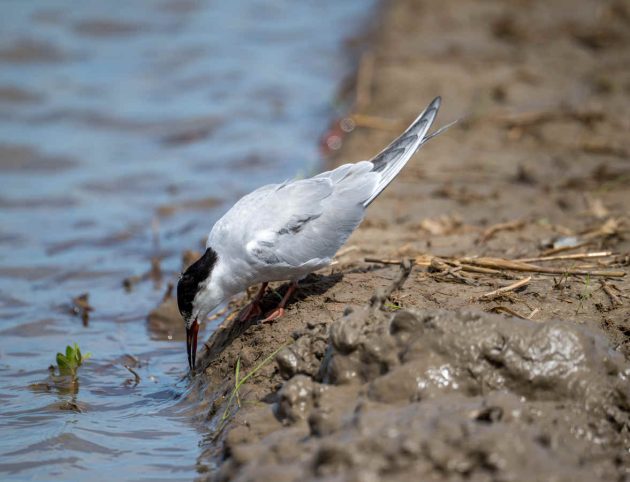
Chinese Hwameis seem to be spreading in some of the larger, more heavily forested city parks. This is a boon to some cuckoos, such as the Chestnut-winged Cuckoo, which relies on them for parental duties.
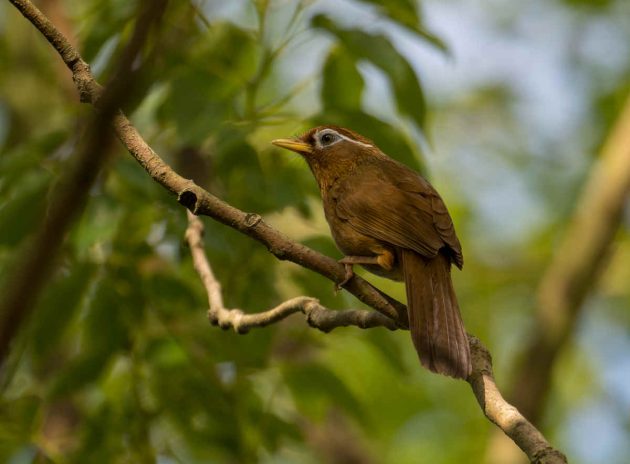
Export of Hwameis from China was restricted starting in the year 2000 and had some effect (e.g., prices in Southeast Asia increased from about USD 50 to USD 200, corrected for inflation) – but most of the trade seems to be underground and to continue. For example, neither Thailand nor Indonesia report the import of a single Chinese Hwamei since the imposition of restrictions, despite some 2000 birds having been recorded openly for sale (source).
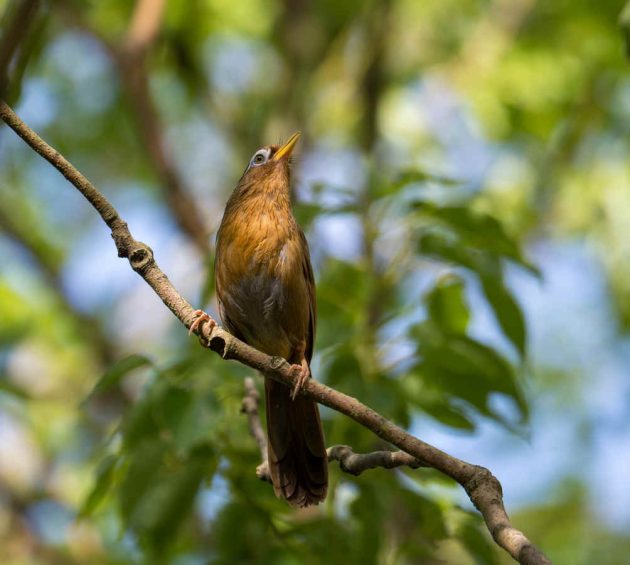
In the US, online advertisements of Chinese Hwamei for sale show that both wild-caught and captive-bred birds are easily available, suggesting illegal trade (source).
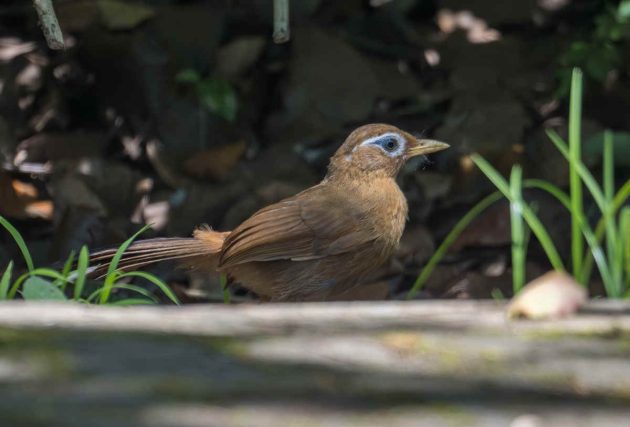
Even in China, the banning of keeping Hwameis as pets is largely ignored (source), and in fact, I can hear them singing from cages in my own compound.
eBird disappoints a bit by just calling the Rufous-faced Warbler “colorful” without any reference to its cuteness.
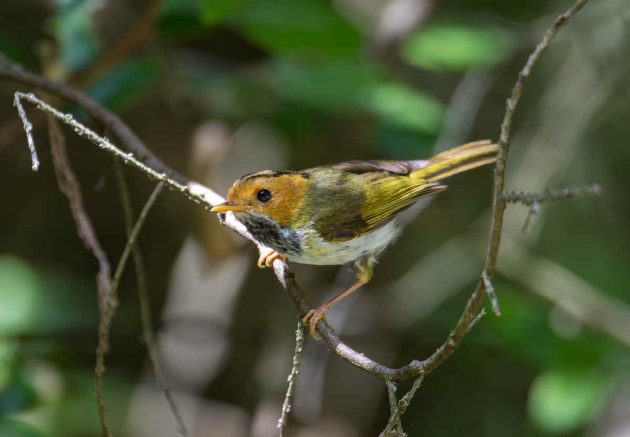
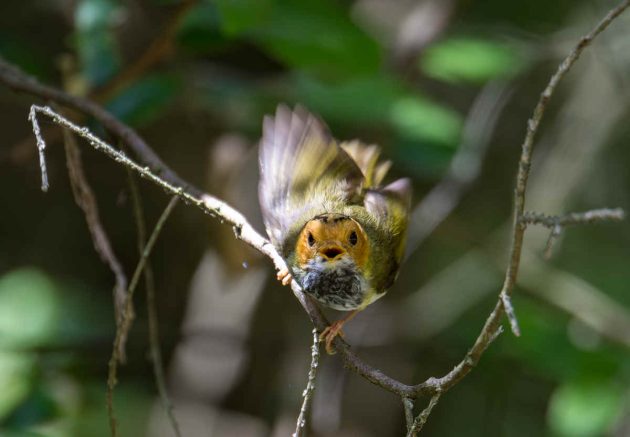
The species might be surprised to hear that its scientific name describes it not as rufous-faced but as white-throated (“albogularis”). Blind people describing an elephant, I guess.
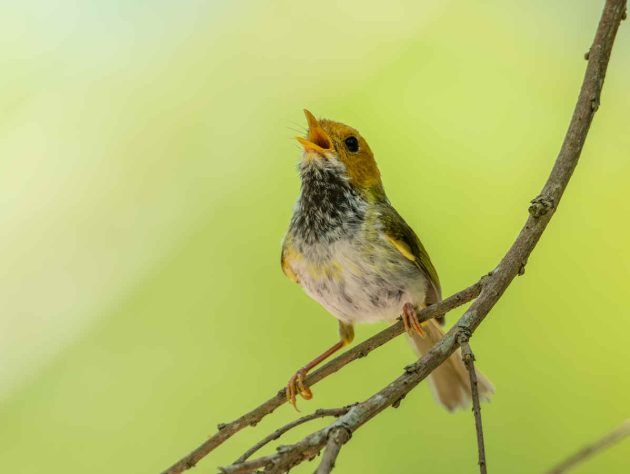
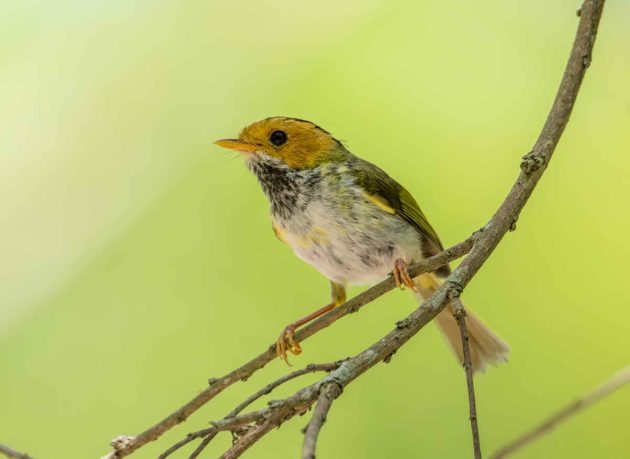
Black-collared Starlings are named more consistently – “nigricollis” means black-collared.
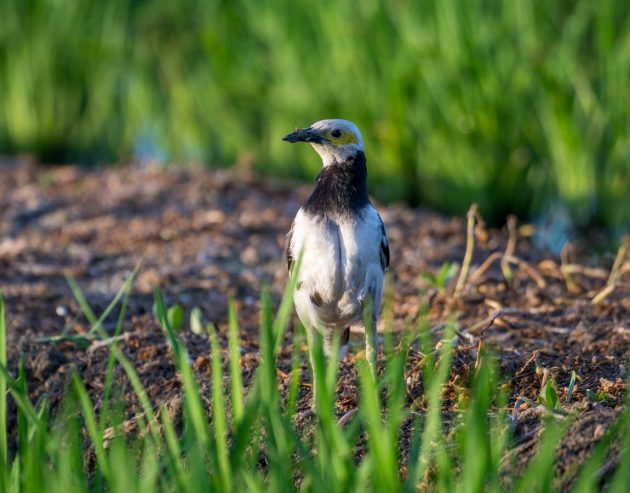
It used to be rare in Shanghai just 10 years ago, but is now seen very easily.
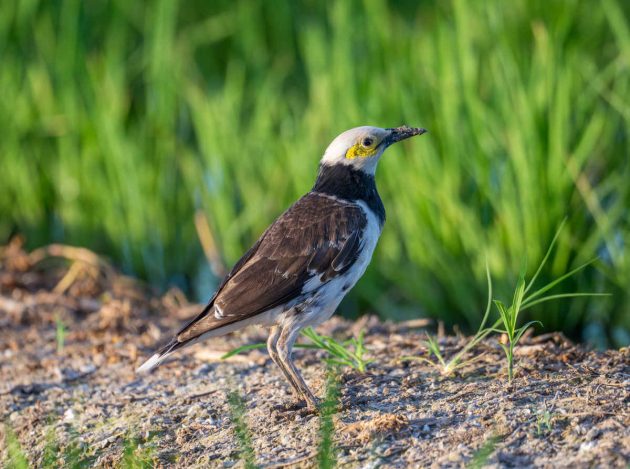
Binjiang Forest Park had some nice surprises, presumably in an effort to counter the “Sommerloch” explained above. Maybe the tourist agency had some budget to lure in some birds such as a pair of Ashy Drongos …
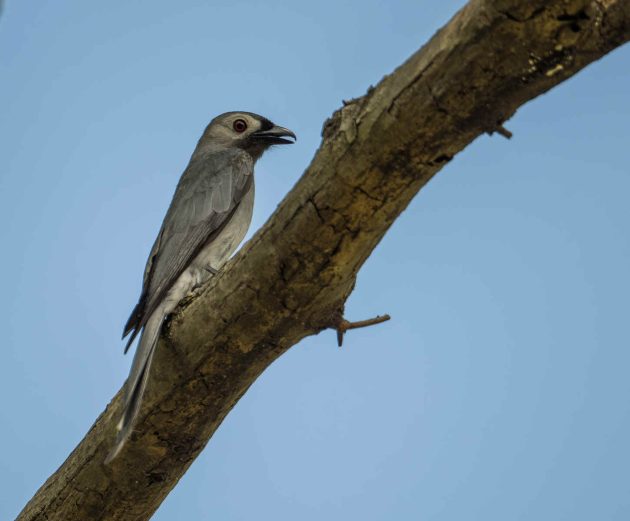
… maybe attracting them from places like Iran, where some Western birdwatchers spotted them before (source).
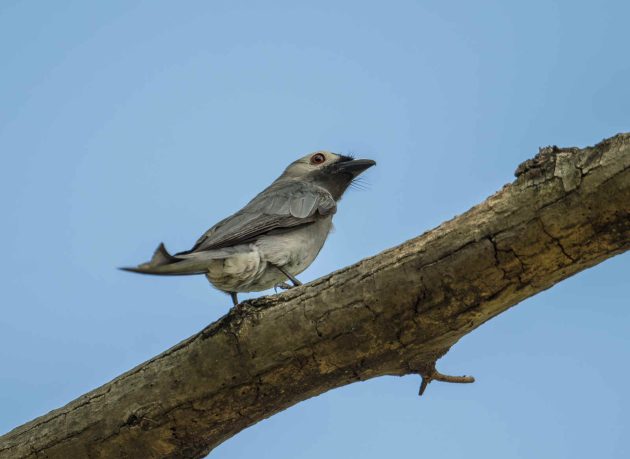
This is a bird with leadership qualities – it has been observed to take the leadership in mixed flocks in Java, replacing the Lesser Racket-tailed Drongo. Presumably, it does all this without ever having read a book on leadership such as “The 21 Irrefutable Laws of Leadership: Follow Them and People Will Follow You”. Personally, I always think leadership should be spelled leadersheep.
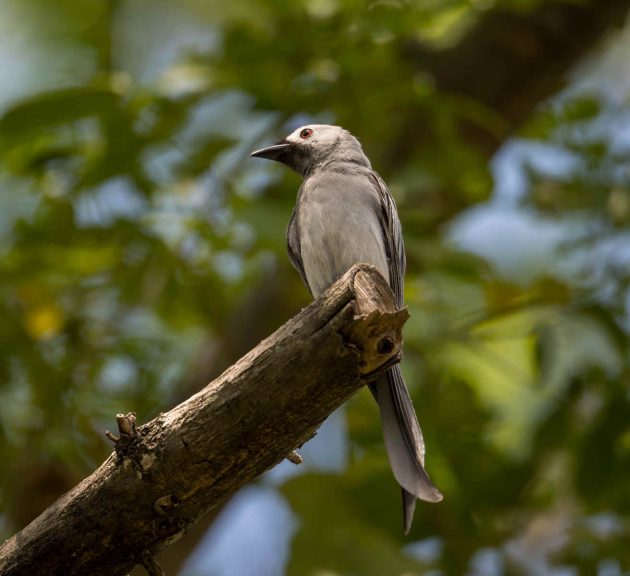
Even more impressive was a pair of Northern Boobooks in the same park.
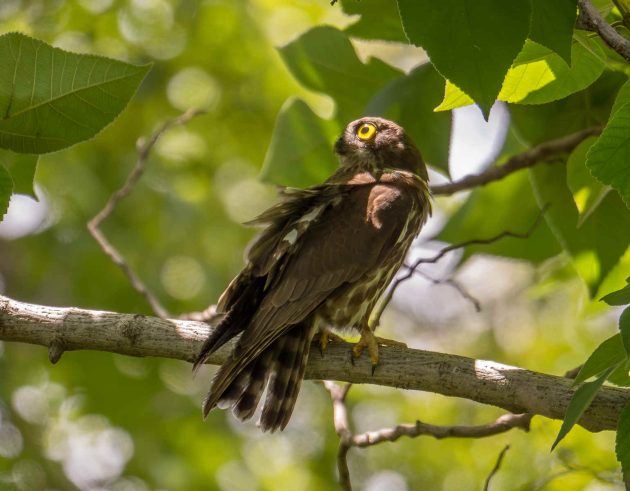
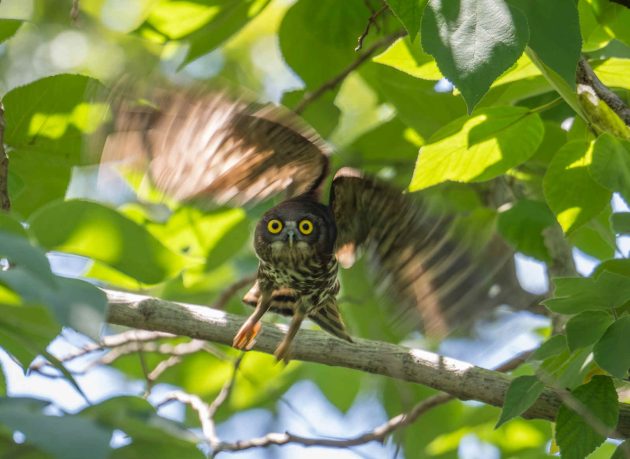
And in contrast to my recent unpleasant experience with a Chinese birder, everyone at Binjiang was very nice.
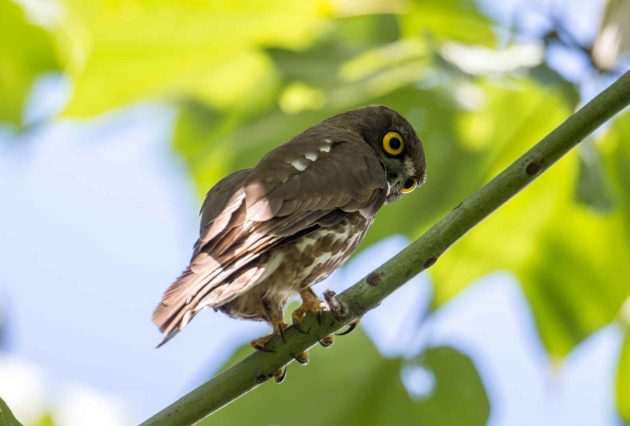
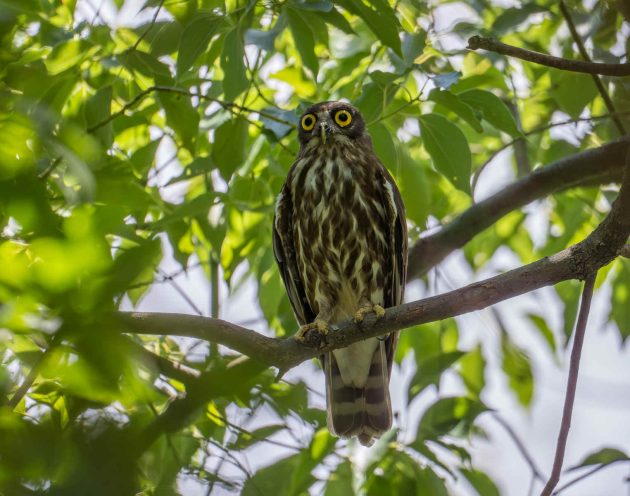
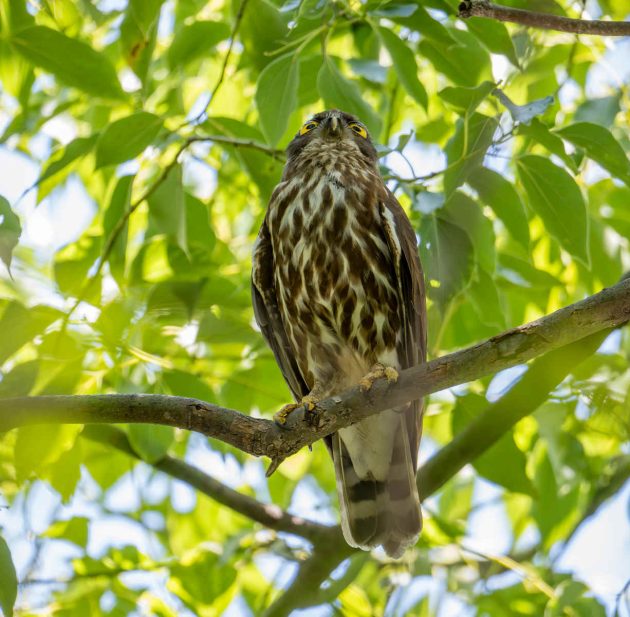
Even better, on another visit two weeks later, there was a juvenile as well (also as video).
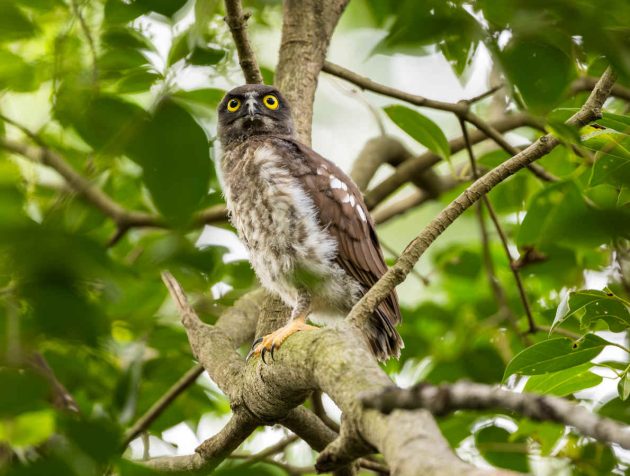
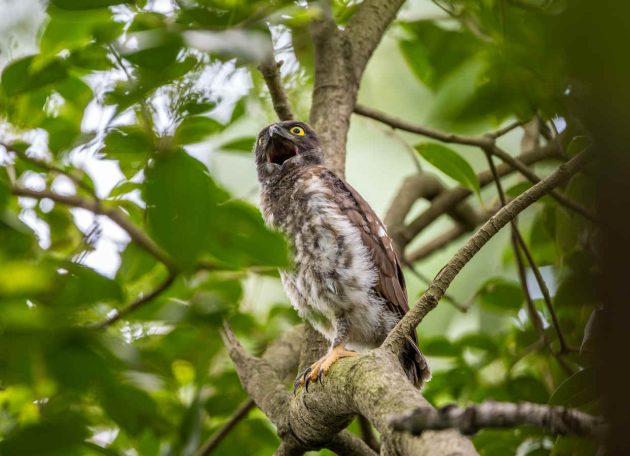
And to end this post, a few more photos of my favorite resident bird, the Reed Parrotbill.
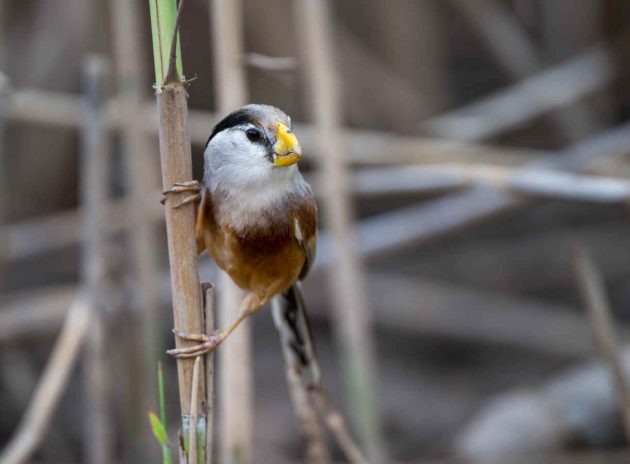
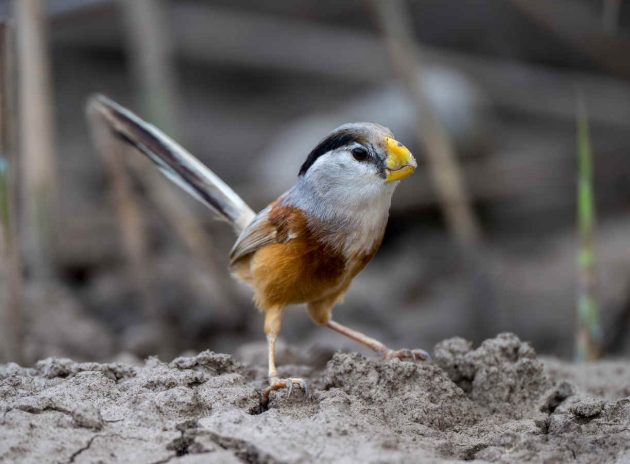
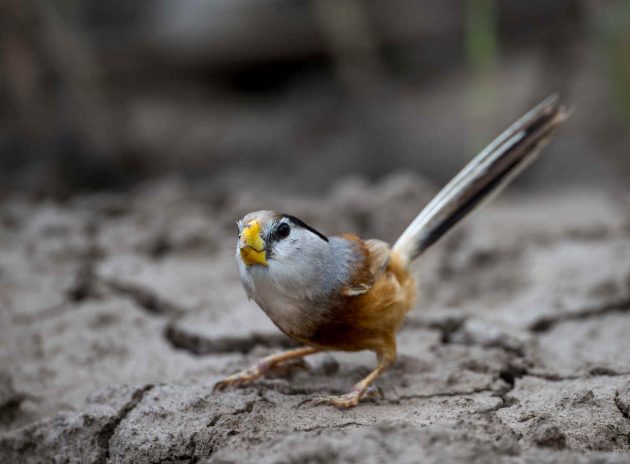






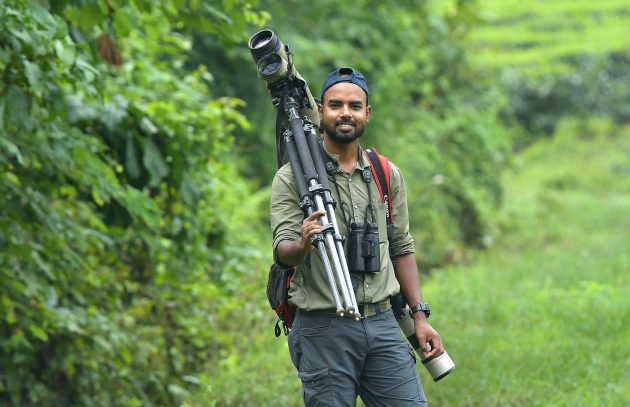
















 English (US) ·
English (US) ·  French (CA) ·
French (CA) ·